Simple But Practical: First-Order Ordinary Differential Equations
[include_netrun_products_block from-products="product/6-south-carolina-sc-ready-grade-3-math-practice-tests/" product-list-class="bundle-products float-left" product-item-class="float-left" product-item-image-container-class="p-0 float-left" product-item-image-container-size="col-2" product-item-image-container-custom-style="" product-item-container-size="" product-item-add-to-cart-class="btn-accent btn-purchase-ajax" product-item-button-custom-url="{{url}}/?ajax-add-to-cart={{id}}" product-item-button-custom-url-if-not-salable="{{productUrl}} product-item-container-class="" product-item-element-order="image,title,purchase,price" product-item-title-size="" product-item-title-wrapper-size="col-10" product-item-title-tag="h3" product-item-title-class="mt-0" product-item-title-wrapper-class="float-left pr-0" product-item-price-size="" product-item-purchase-size="" product-item-purchase-wrapper-size="" product-item-price-wrapper-class="pr-0 float-left" product-item-price-wrapper-size="col-10" product-item-read-more-text="" product-item-add-to-cart-text="" product-item-add-to-cart-custom-attribute="title='Purchase this book with single click'" product-item-thumbnail-size="290-380" show-details="false" show-excerpt="false" paginate="false" lazy-load="true"] [include_netrun_products_block from-products="product/6-south-carolina-sc-ready-grade-3-math-practice-tests/" product-list-class="bundle-products float-left" product-item-class="float-left" product-item-image-container-class="p-0 float-left" product-item-image-container-size="col-2" product-item-image-container-custom-style="" product-item-container-size="" product-item-add-to-cart-class="btn-accent btn-purchase-ajax" product-item-button-custom-url="{{url}}/?ajax-add-to-cart={{id}}" product-item-button-custom-url-if-not-salable="{{productUrl}} product-item-container-class="" product-item-element-order="image,title,purchase,price" product-item-title-size="" product-item-title-wrapper-size="col-10" product-item-title-tag="h3" product-item-title-class="mt-0" product-item-title-wrapper-class="float-left pr-0" product-item-price-size="" product-item-purchase-size="" product-item-purchase-wrapper-size="" product-item-price-wrapper-class="pr-0 float-left" product-item-price-wrapper-size="col-10" product-item-read-more-text="" product-item-add-to-cart-text="" product-item-add-to-cart-custom-attribute="title='Purchase this book with single click'" product-item-thumbnail-size="290-380" show-details="false" show-excerpt="false" paginate="false" lazy-load="true"]

Examples of first-order differential equations:
- Linear ODE: \[ \frac{dy}{dx} + y = x \]
- A first-order linear differential equation.
- Separable ODE: \[ \frac{dy}{dx} = xy \]
- A separable differential equation, where variables can be separated on each side of the equation.
- Exact ODE: \[ (2xy + e^y)\,dx + (x^2 + xe^y)\,dy = 0 \]
- An exact differential equation, characterized by its form involving differentials \( dx \) and \( dy \).
- Exact differential equations are a type of equation where combining two related functions correctly gives a solution. They’re solved by finding a special function that ties these two together.
- Homogeneous ODE: \[ \frac{dy}{dx} = \frac{y – x}{y + x} \]
- A homogeneous differential equation, where the function is homogeneous with respect to \( x \) and \( y \).
Original price was: $109.99.$54.99Current price is: $54.99. - Bernoulli’s Equation: \[ \frac{dy}{dx} + p(x)y = q(x)y^n \]
- Bernoulli’s equation, a special case of a non-linear differential equation, where \( p(x) \) and \( q(x) \) are continuous functions of \( x \), and \( n \) is a real number.
Solving first order ode:
To solve a first-order ODE (ordinary differential equation), identify the type, such as separable, linear, exact, or integrable through substitution. Each type has its own characteristic structure and corresponding solution method. Identifying the type helps in choosing the right approach to solve the equation. For additional educational resources,.
Let’s look at this example. It is solved using the principles of separable differential equation:
Problem:
Consider the separable differential equation \(\frac{dy}{dx} = \frac{x}{y}, \text{ where } y \neq 0.\)
Solution:
Step 1: Separate Variables. Rearrange the equation to separate \(x \text{ and } y\):
\(y\, dy = x\, dx.\)
Step 2: Integrate Both Sides. Integrate both sides of the equation:
\(\int y\, dy = \int x\, dx.\)
Step 3: Perform the Integration. Carrying out the integration gives:
\(\frac{y^2}{2} = \frac{x^2}{2} + C\),
where \(C\) is the constant of integration.
Step 4: Solve for \(y\).
Rearrange the equation to solve for \(y\):
\(y^2 = x^2 + 2C\),
\(y = \pm \sqrt{x^2 + 2C}\)
Thus, the general solution to the differential equation \(\frac{dy}{dx} = \frac{x}{y}\) is:
\(y = \pm \sqrt{x^2 + 2C}\),
\(C\) is a constant determined by initial conditions.
Here is an example regarding exact differential equations:
Problem:
Solve the exact differential equation given by
\(\left( 2y – 3x^2 \right)dx + \left( 2x – 4y \right)dy = 0.\)
Solution:
First, verify if the equation is exact. For an equation of the form
\(M(x, y)dx + N(x, y)dy = 0\), it is exact if
\(\frac{\partial M}{\partial y} = \frac{\partial N}{\partial x}.\)
Here, \(M(x, y) = 2y – 3x^2 \text{ and } N(x, y) = 2x – 4y.\)
\(\frac{\partial M}{\partial y} = 2, \quad \frac{\partial N}{\partial x} = 2.\)
Since these are equal, the differential equation is exact.
To find the potential function \(\Psi(x, y)\), integrate \(M\) with respect to \(x\)
and \(N\) with respect to \(y\):
\(\int (2y – 3x^2) dx = 2yx – x^3 + h(y)\),
\(\int (2x – 4y) dy = 2xy – 2y^2 + g(x).\)
Compare the two integrals to determine \(h(y)\) and \(g(x)\):
\(\Psi(x, y) = 2yx – x^3 – 2y^2 + C\),
where \(C\) is a constant.
The general solution to the differential equation is given by the level curves of \(\Psi(x, y)\):
\(2yx – x^3 – 2y^2 = C. \)
Related to This Article
More math articles
- The Math Behind Horse Racing Strategies: Odds & Probabilities
- Grade 3 Math: Measuring Length
- How to Prepare for Maths Exams?
- How to Choose the Best Laptop for College?
- How to Rearranging a Multi-Variable Equation
- Special Right Triangles
- 8th Grade SBAC Math FREE Sample Practice Questions
- Polygon Names
- Top 10 Tips to Overcome PSAT Math Anxiety
- 7th Grade MCA Math Worksheets: FREE & Printable

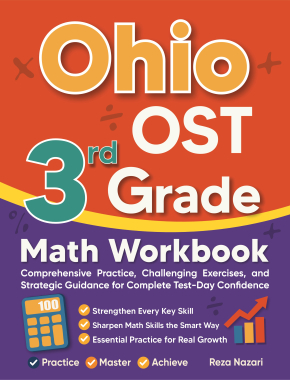





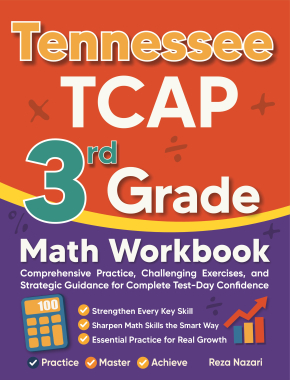

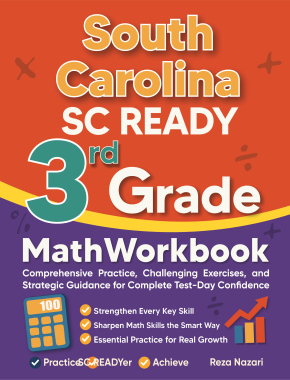


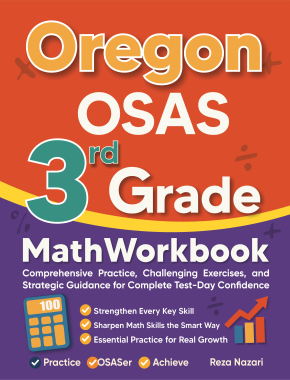
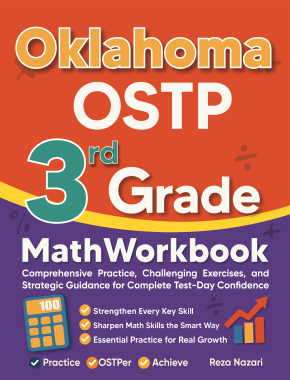









What people say about "Simple But Practical: First-Order Ordinary Differential Equations - Effortless Math: We Help Students Learn to LOVE Mathematics"?
No one replied yet.